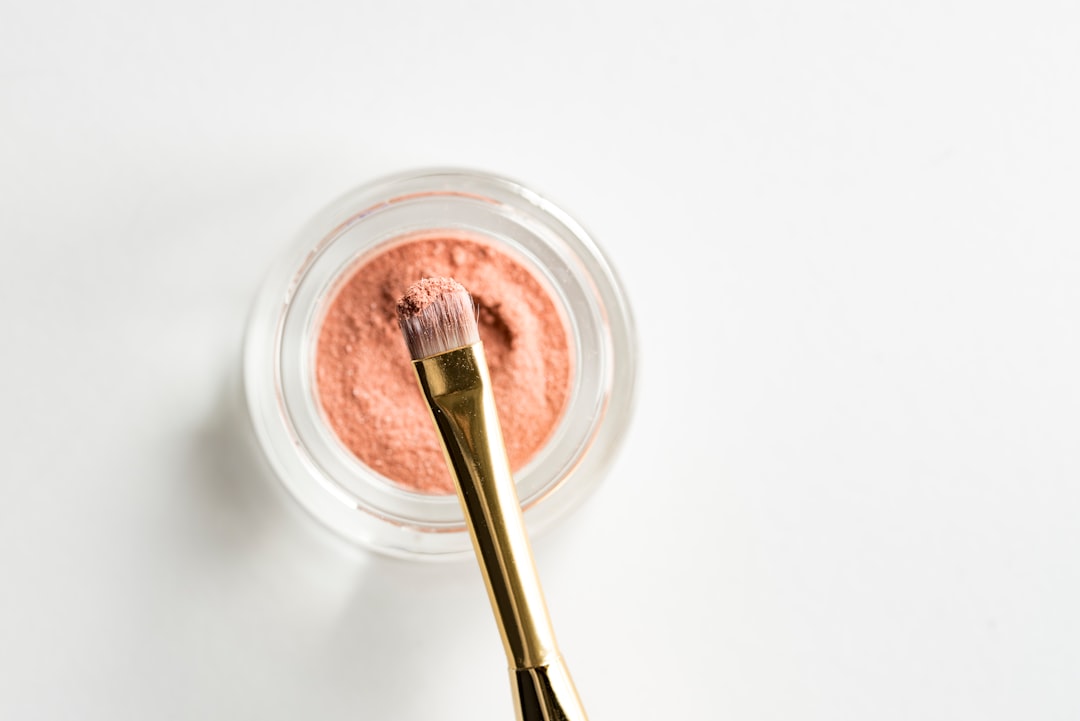Exploring the History of Cosmetics – From Ancient Times to Modern Trends
Cosmetics have been an integral part of human civilization for thousands of years, serving not only as a form of self-expression but also as a reflection of cultural and societal norms. From ancient times to modern trends, the history of cosmetics is a fascinating journey that reveals the evolution of beauty practices and the way they have shaped our perception of aesthetics.
Ancient civilizations such as the Egyptians, Greeks, and Romans were pioneers in developing cosmetic rituals and products. The Egyptians, known for their obsession with beauty and youthfulness, used a wide range of beauty treatments including oils, waxes, perfumes, and pigments. Cleopatra, famously renowned for her beauty, was known to use milk baths and honey as part of her skincare routine.
The Greeks placed significant importance on ideal beauty and believed that cosmetics enhanced a person’s natural features. They used powders made from minerals like chalk and white lead to achieve a fair complexion, as the pale skin was considered a sign of aristocracy and wealth. Furthermore, they embraced the use of eye makeup, particularly the practice of outlining the eyes with kohl, a charcoal-based pigment.
During the Roman era, cosmetics became more prevalent among both men and women. The Romans extensively used face powders to achieve a smooth and pale complexion. However, it’s worth noting that some of their cosmetic products contained toxic ingredients, such as lead and mercury, which posed severe health risks.
The Middle Ages saw a decline in the use of cosmetics due to the influence of the Church, which associated vanity with sin. However, beauty practices were not entirely abandoned, as powdered wigs and face powders remained popular among royal courts. Moreover, the Renaissance period sparked a renewed interest in beauty, with women using white lead and vinegar-based face masks to maintain a youthful appearance.
The 18th and 19th centuries marked a significant shift in the history of cosmetics, as advancements in science and industrialization led to the mass production of beauty products. French perfumes and powders gained global popularity during this period, with renowned figures like Marie Antoinette setting beauty trends with her elaborate hairstyles and powdered faces.
The Victorian era brought about a more reserved approach to cosmetics, with paleness still considered the epitome of beauty. Women used various methods to achieve a pale complexion, including the use of lead-based cosmetics and limiting sun exposure. Additionally, during this time, the first synthetic dyes and lipsticks were developed, allowing women to explore a wider range of lip colors.
The 20th century witnessed a revolution in the cosmetics industry, driven by advancements in technology and changing societal norms. The early 1900s saw the rise of cinematic glamour, with actresses like Greta Garbo and Marilyn Monroe becoming beauty icons. The popularity of Hollywood films heavily influenced beauty trends, with red lips, emphasized eyes, and defined eyebrows becoming popular choices.
The 1960s and 1970s brought about a cultural shift towards natural beauty and a rejection of traditional beauty standards. The feminist movement challenged societal expectations and promoted a more inclusive definition of beauty. This era saw the rise of skincare routines, with companies like Estée Lauder introducing advanced skincare products.
In recent years, the beauty industry has experienced a surge in popularity and diversity. The advent of social media and YouTube tutorials has revolutionized the way people learn about and experiment with cosmetics. With an emphasis on self-expression and individuality, makeup has become an art form, with trends like contouring, highlighting, and bold lip colors taking the spotlight.
The history of cosmetics is a testament to the ever-changing beauty ideals and our continuous quest for self-enhancement. From ancient rituals to modern trends, the way we approach cosmetics has evolved, reflecting societal values, technological advancements, and cultural influences. As we continue to explore the world of beauty, it’s essential to embrace individuality and celebrate the diverse definitions of what it means to be beautiful.


